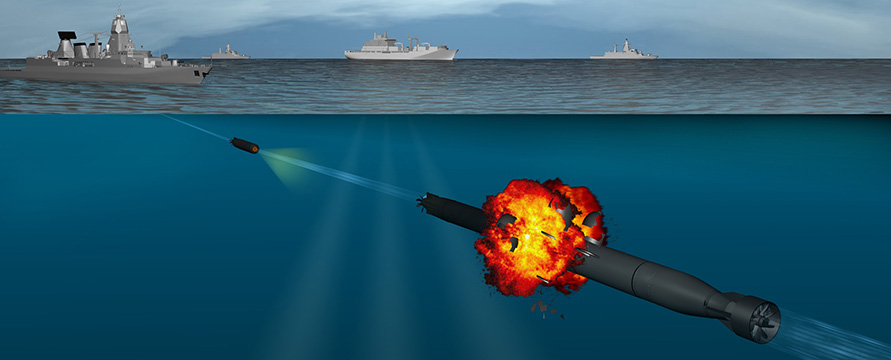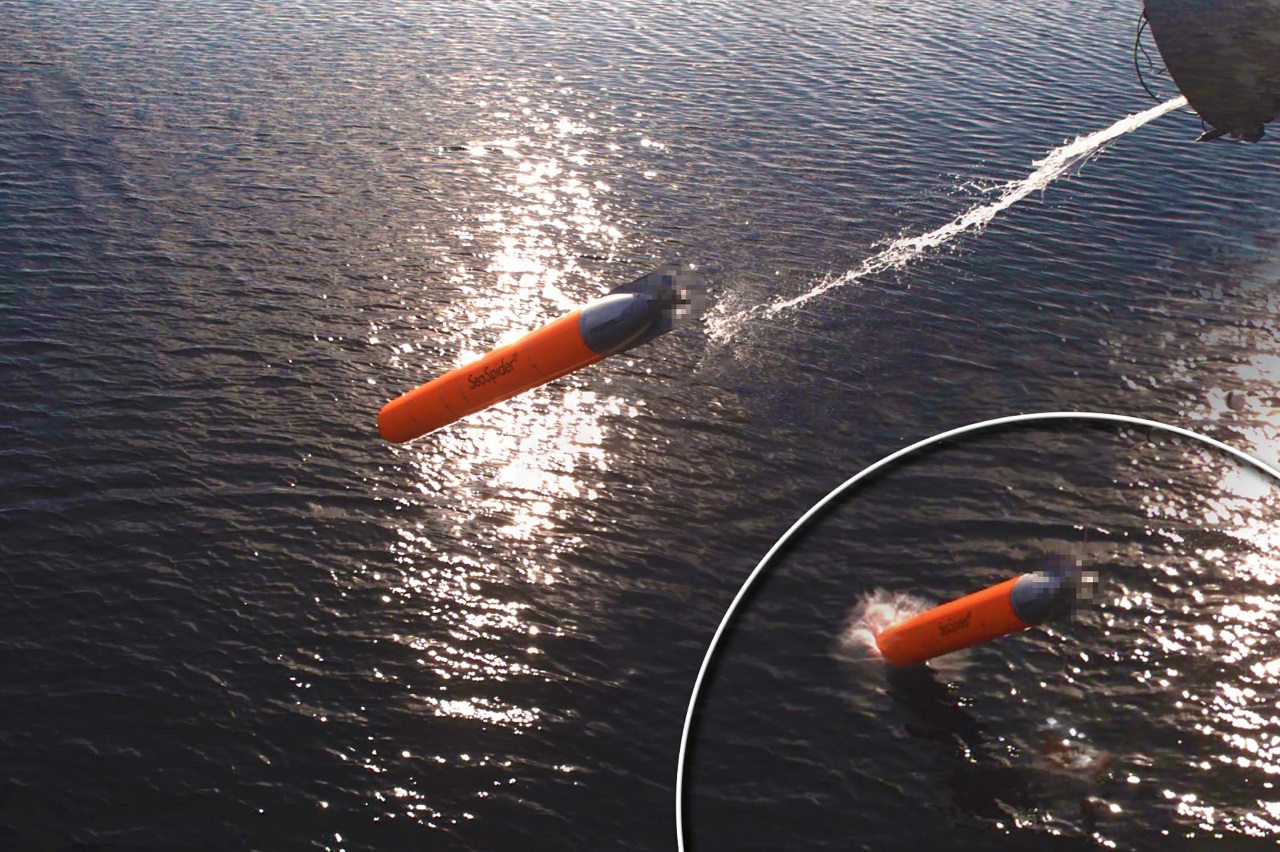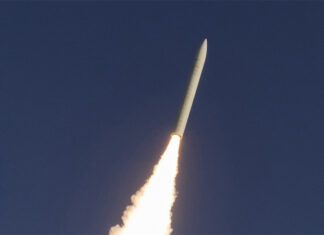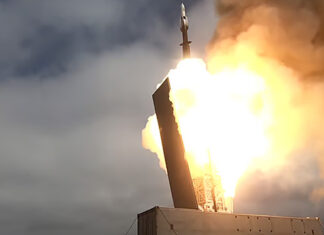 Updated May 2023: The torpedo threat is increasingly diverse. Heavyweight torpedoes differ in their propulsion types, the type and configuration of their sensors, and their guidance capability. Torpedo propulsion has seen great advances in recent years, with new records in range and speeds even for the “stealthy” electrically propelled torpedo. In sensors, the wake-homing torpedo is increasingly proliferated and fully impervious to legacy “softkill” torpedo defense technology. Digital torpedo-homing sonars provide high performance and are resistant to decoys and jammers. Wire guidance provides the “man in the loop” the capability to enhance torpedo performance and utilize advanced tactics. The most modern torpedoes combine these and other advances into the most dangerous threat to ships today.
Updated May 2023: The torpedo threat is increasingly diverse. Heavyweight torpedoes differ in their propulsion types, the type and configuration of their sensors, and their guidance capability. Torpedo propulsion has seen great advances in recent years, with new records in range and speeds even for the “stealthy” electrically propelled torpedo. In sensors, the wake-homing torpedo is increasingly proliferated and fully impervious to legacy “softkill” torpedo defense technology. Digital torpedo-homing sonars provide high performance and are resistant to decoys and jammers. Wire guidance provides the “man in the loop” the capability to enhance torpedo performance and utilize advanced tactics. The most modern torpedoes combine these and other advances into the most dangerous threat to ships today.
Atlas Elektronik displayed the Sea Spider Anti-Torpedo Torpedo (ATT) at EuroNaval 2022. The system provides an effective, affordable hard-kill solution protecting surface ships against torpedo threats. Sea Spider actively seeks out attacking torpedoes to destroy the threat. Unlike decoy/jammer TD effectors, the operation of the ATT is independent of the attacking torpedoes’ mode of homing, guidance, or propulsion system. Sea Spider’s defensive capability detects wake-homing torpedoes and salvos, targeting each threat separately. Using a solid rocket propellant and maintaining low self-noise in the sonar frequencies, it is optimally suited for the anti-torpedo mission, including in shallow waters. The Sea Spider can be moving underwater at high speed to close in on the target rapidly. The Sea Spider weighs 107 kg, and measures 1.94 m’ in length and 210mm in diameter.
The Sea Spider system operates as part of an integrated torpedo defense system, offering rapid reaction time and effective close-in defensive capability. Using a high-frequency sonar is effective in deep or shallow littoral water and mitigates the impact of environmental effects that often degrade the performance of the torpedo detection capability.
In recent years the Sea Spider system has gone through extensive testing. In 2019 Atlas Elektronik announced the successful series of sea trials in cooperation with the German Bundeswehr Technical Center for ships and naval weapons, maritime technology, and research (WTD 71). By mid-2023 the system has passed several critical tests moving toward qualification. Fielding is expected by the second half of the decade.

These tests demonstrated the full “sensor to shooter” functional chain of a hardkill surface ship torpedo defense system with Torpedo Detection, Classification, and Localisation (TDCL), optimized for fast maneuvering targets. It is equipped with self-neutralization and safety measures, preventing risks to surface targets. The SeaSpider Anti-Torpedo-Torpedo (ATT) has successfully been demonstrated on a surface ship.
In 2019 Atlas Elektronik Canada and Magellan Aerospace Corporation entered a design and development phase of the Sea Spider Anti Torpedo Torpedo (ATT) program. Under this cooperation, Magellan will lead the design and development of the torpedo’s underwater rocket motor and warhead sections. The initial CDN $19 million phase of the program was launched in January of that year and is expected to conclude in 2023.





















